COVID-19 data is not just determined by individuals taking a test, as levels of SARS-CoV-2 (the virus that causes COVID-19) have been found in wastewater throughout most U.S. states.
The levels are concerning, as at least 20 states have “very high” levels of COVID-19 in their wastewater, with only one having low levels. But does this mean that there could be a surge in cases?
High Levels of COVID-19 in Wastewater
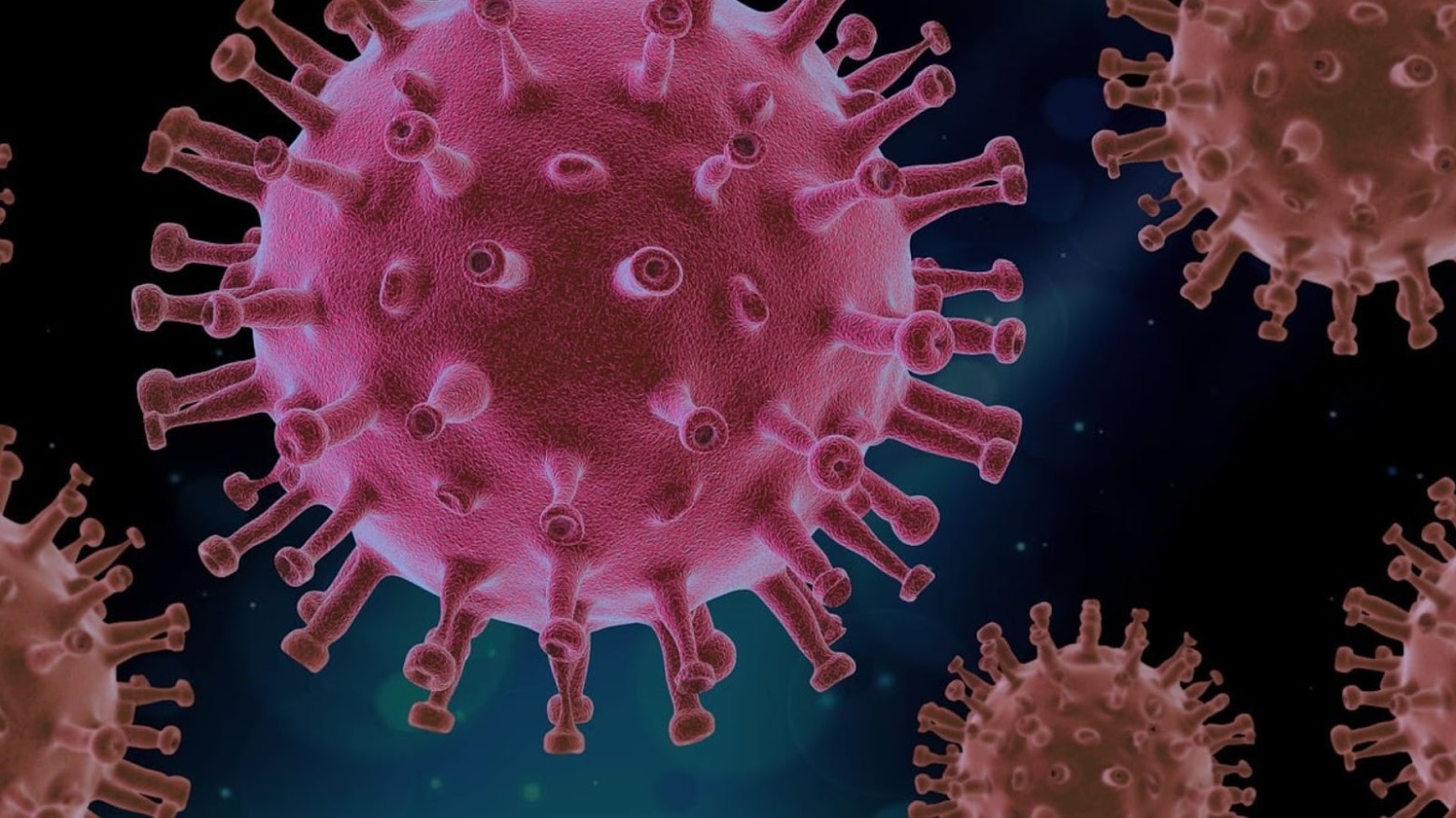
Workers at wastewater sites have recently noticed a surge in COVID-19 levels in their wastewater. This isn’t just in one particular state but in states all over the U.S.
As each week passes, the number of states considered to have very high levels of COVID-19 go up. By 15 July, only 7 states were put at this level. A week later, this had gone up to 17 states and has since gone up to 20.
California Has Very High COVID Levels
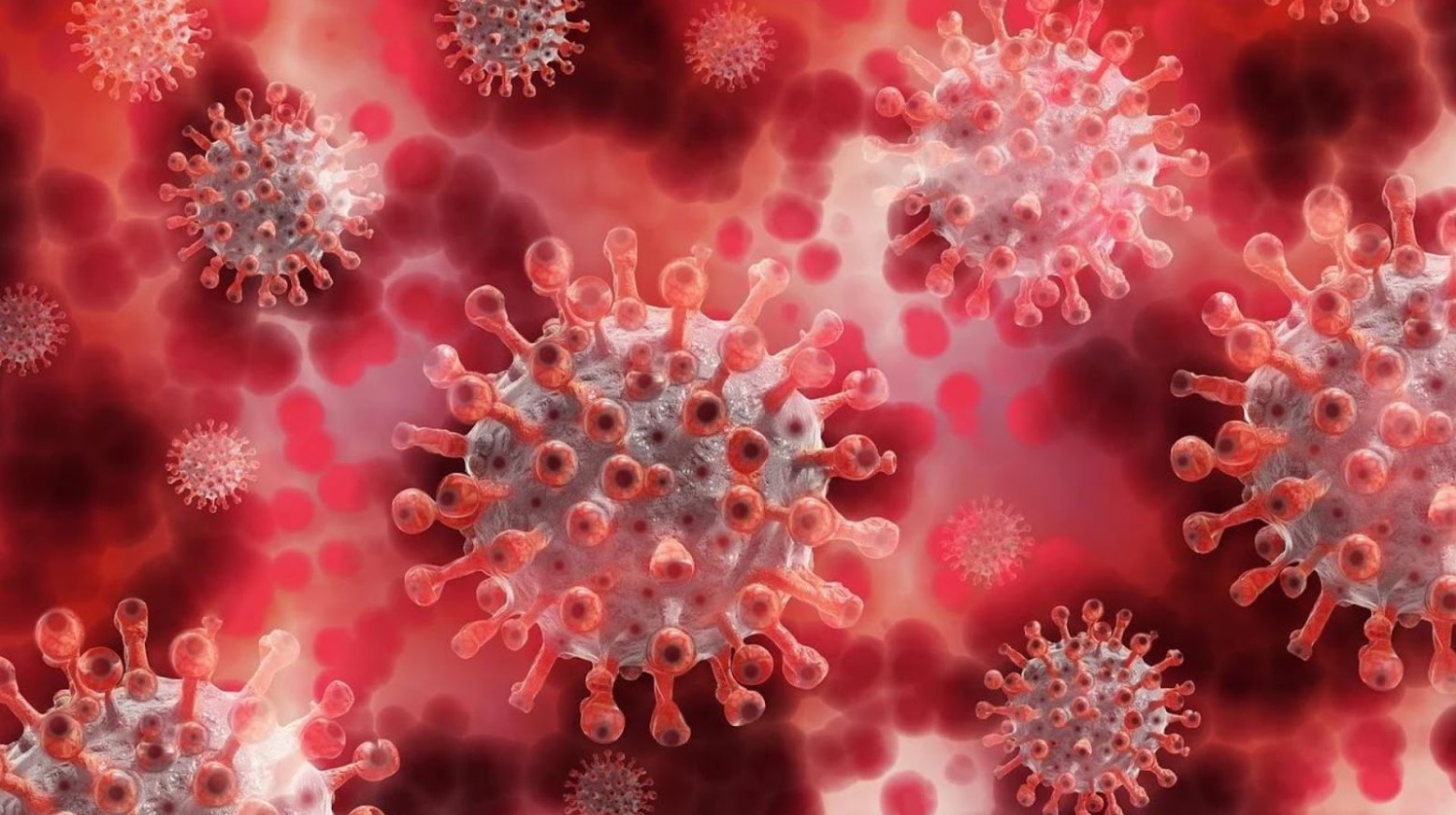
One of the states that has very high levels of COVID-19 in its wastewater is California. The levels are expanding rapidly, as COVID rates in the region were 215 on June 26 and then rose to 307 on July 7.
This has caused a lot of worry for California residents, especially those who are considered high-risk from the disease, as they are more likely to suffer from the significant effects of it.
Los Angeles Is Trying to Ban Masks

While COVID levels are rising in the area, the Mayor of Los Angeles, Karen Bass, is trying to ban masks at protests and demonstrations. She believes protestors are wearing them to protect their identity.
However, due to the surge in COVID-19 levels, some of the participants could want to wear masks so they don’t catch or spread the disease. A ban on facemasks in the area could cause levels to rise further.
How COVID Is Detected in Wastewater
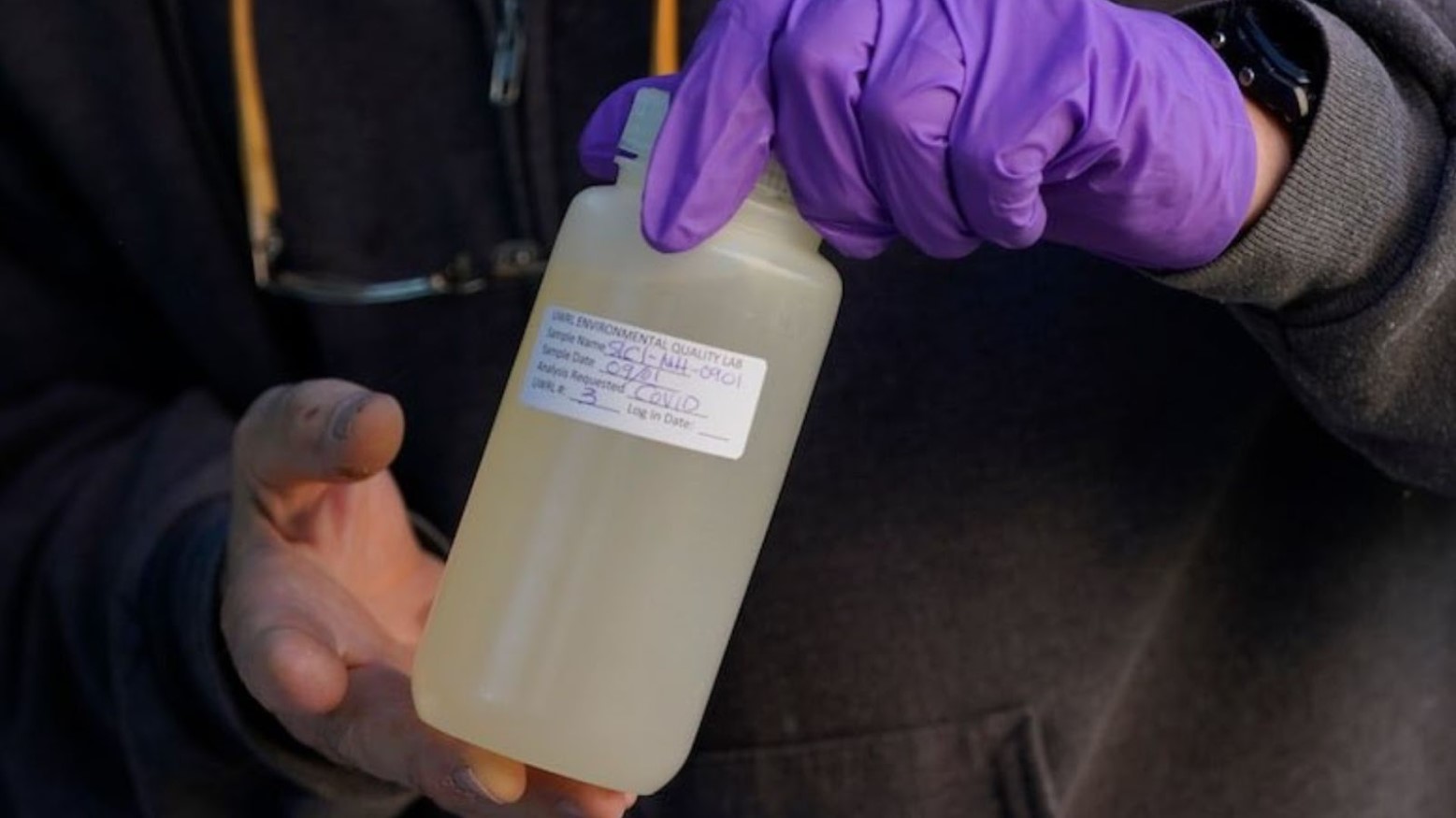
It had previously been thought that COVID could only be detected by individuals taking a test, but it can also be detected in wastewater. This is done at treatment plants where wastewater samples are tested.
This is because the wastewater comes from sinks, drains and toilets. People with the virus will use these facilities, and the virus particles get in the water and end up at the wastewater treatment plants.
How the Data Is Determined
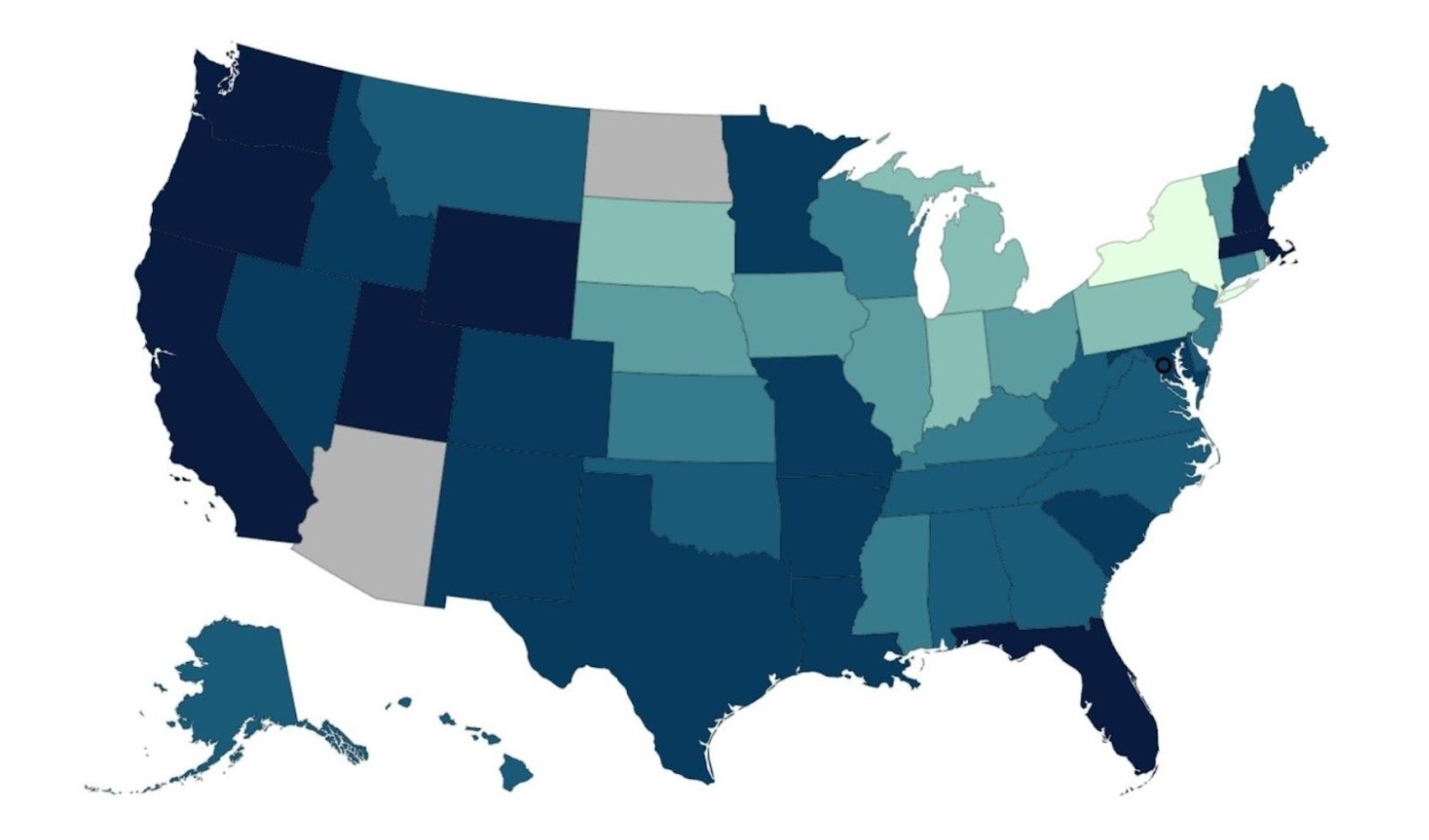
The data is determined by state, tribal, local and territorial health departments participating in the National Wastewater Surveillance System (NWSS), which then submits tested water samples to the CDC.
The CDC will then standardize and interpret the data to determine the levels of COVID-19 in an area. This data is used alongside other COVID data to understand how it spreads through different communities.
National COVID-19 Trends
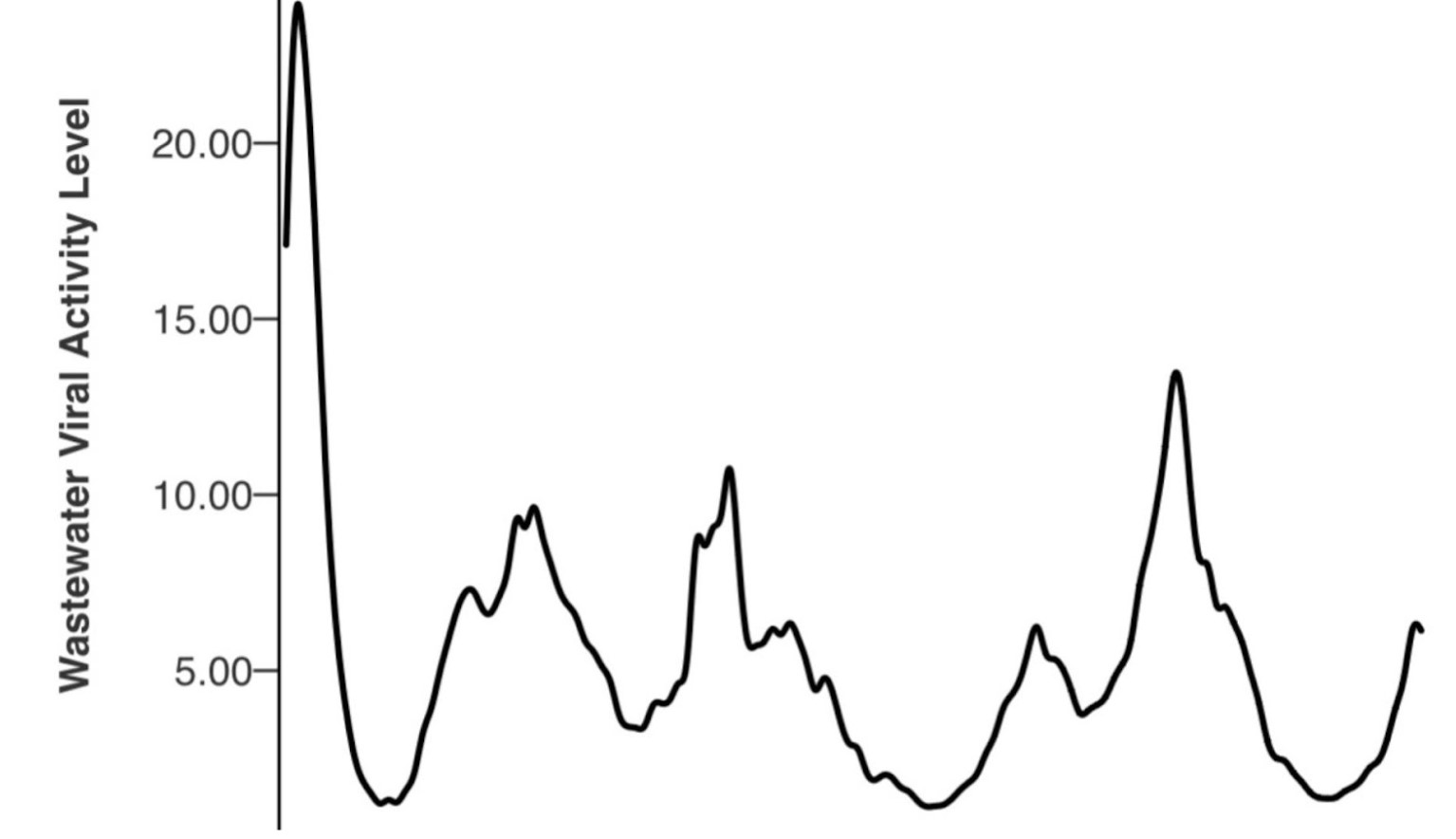
While individual states will have different COVID-19 levels, overall trends have been measured nationwide from January 2022 to July 2024. The levels were highest on January 8, 2022, with a wastewater viral activity level of 23.28.
Since then, the levels have come crashing down and have been going up and down ever since. They were at a low of 1.36 at the beginning of May 2024. However, since then, they have been continually rising. As of July 2024, the levels are at 6.14.
Different COVID-19 Variants

The tests can also show the different COVID-19 variants in the water. This is important as it shows which virus strains are more prevalent and also detects for any new variants that might show up.
The tests show that around 80% of the variants are KP variants, which are descendants of the JN.1 strain that circulated over the winter period. These are part of the FLiRT variants.
FLiRT Variants Are Rising Worldwide
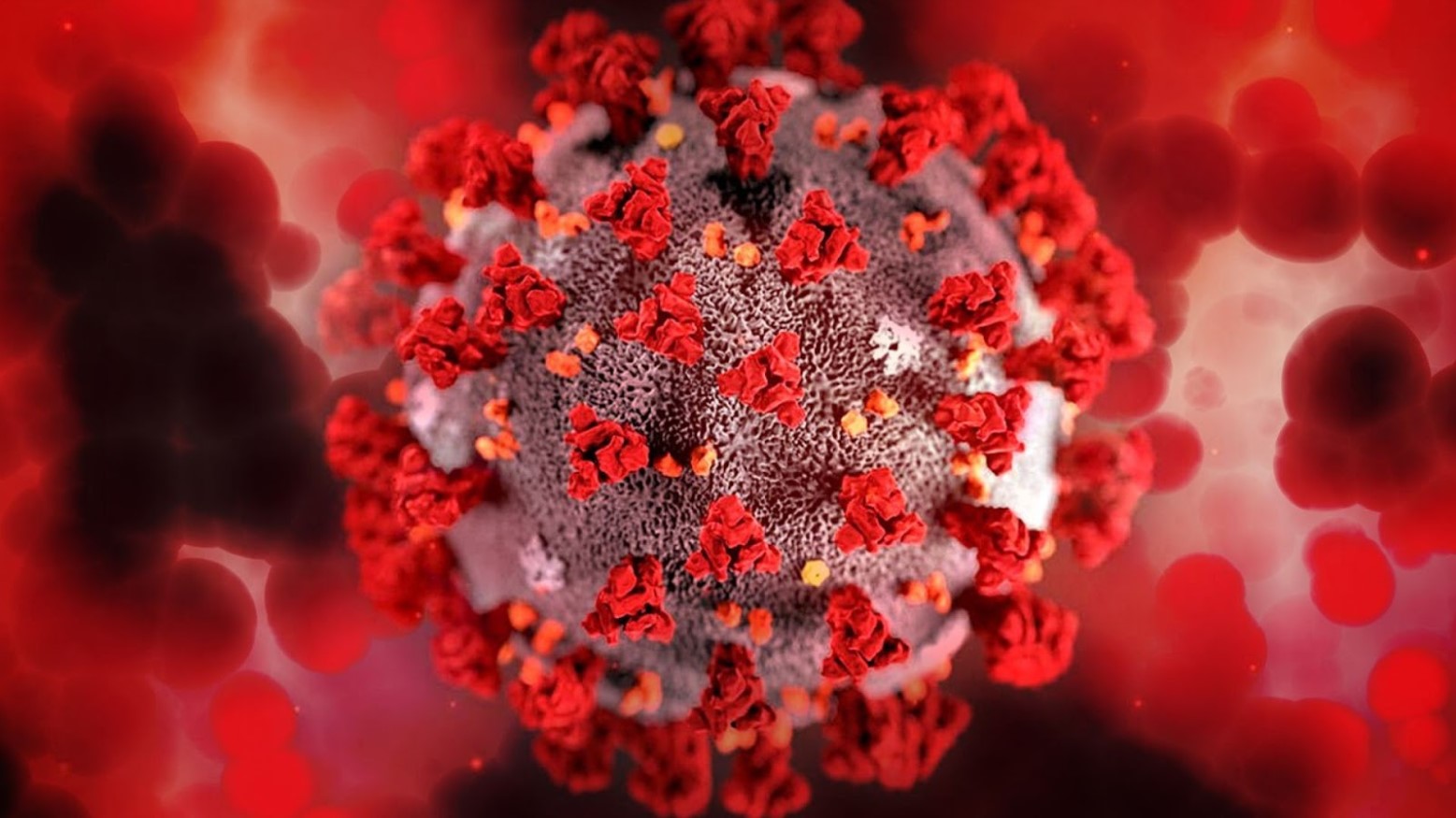
FLiRT variants rising in the U.S. aren’t unique — they are also on the rise worldwide. There have been international health warnings for people planning on heading to Greece, Malta, Belgium and Ireland.
What might come as good news is that hospitalizations remain low, but those who are elderly or immunocompromised need to take a bit more care as they are most at risk of suffering severe effects from the virus.
Wastewater Is an Early Detection Warning

The good thing about testing wastewater for COVID-19 is that it can be an early sign that COVID-19 levels are rising. It can even detect signs before clinical tests.
Even though it can be frustrating and somewhat worrying to see COVID levels rising in your area, this can be a good thing. It helps scientists detect where the high-level areas are and means something can be done to try to control the spread of the disease.
Not Everyone Will Show Symptoms

Unlike most illnesses, not everyone will show symptoms of COVID-19. As these people are unlikely to test themselves, the spread of the disease can only be known by testing wastewater.
However, anyone showing symptoms should take a test to ensure the necessary precautions are taken if the result is positive.
How to Prevent the Spread of COVID-19
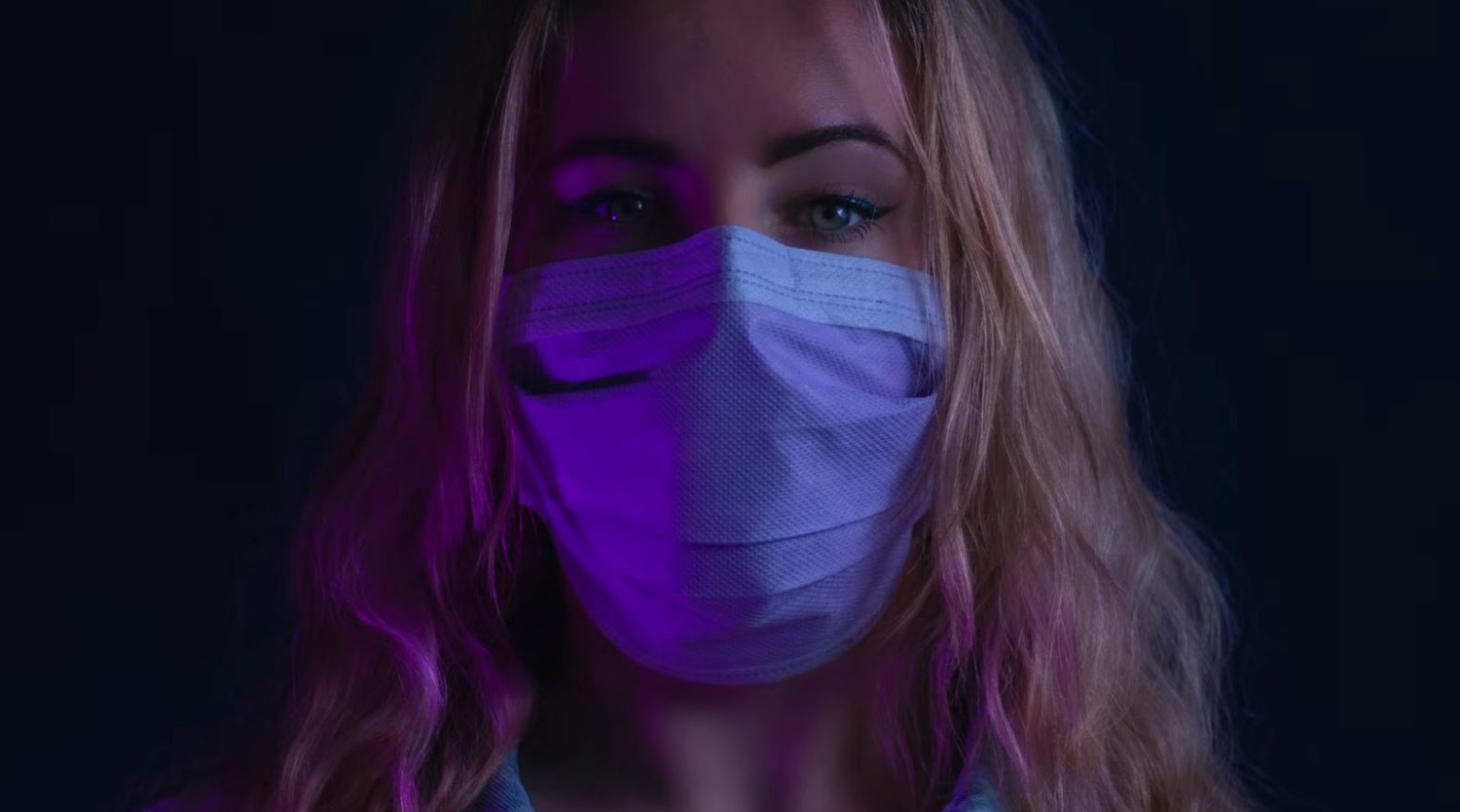
For those who are worried about the increase in COVID-19 levels, there are some things you can do to try to prevent the spread of it. These include washing your hands regularly and often, wearing a facemask in public and cleaning surfaces.
It is also essential to carry out any tests if you believe you might have COVID-19 and to stay away from people as much as possible if you do. While these levels aren’t at the ones we saw during the pandemic, these levels mustn’t get any higher to avoid further restrictions being put in place.
